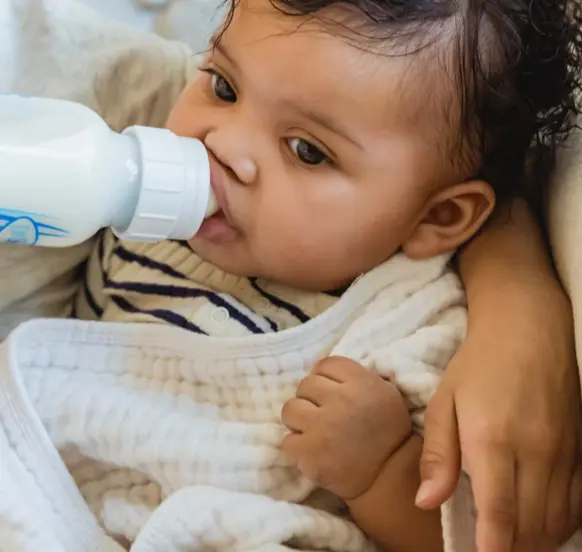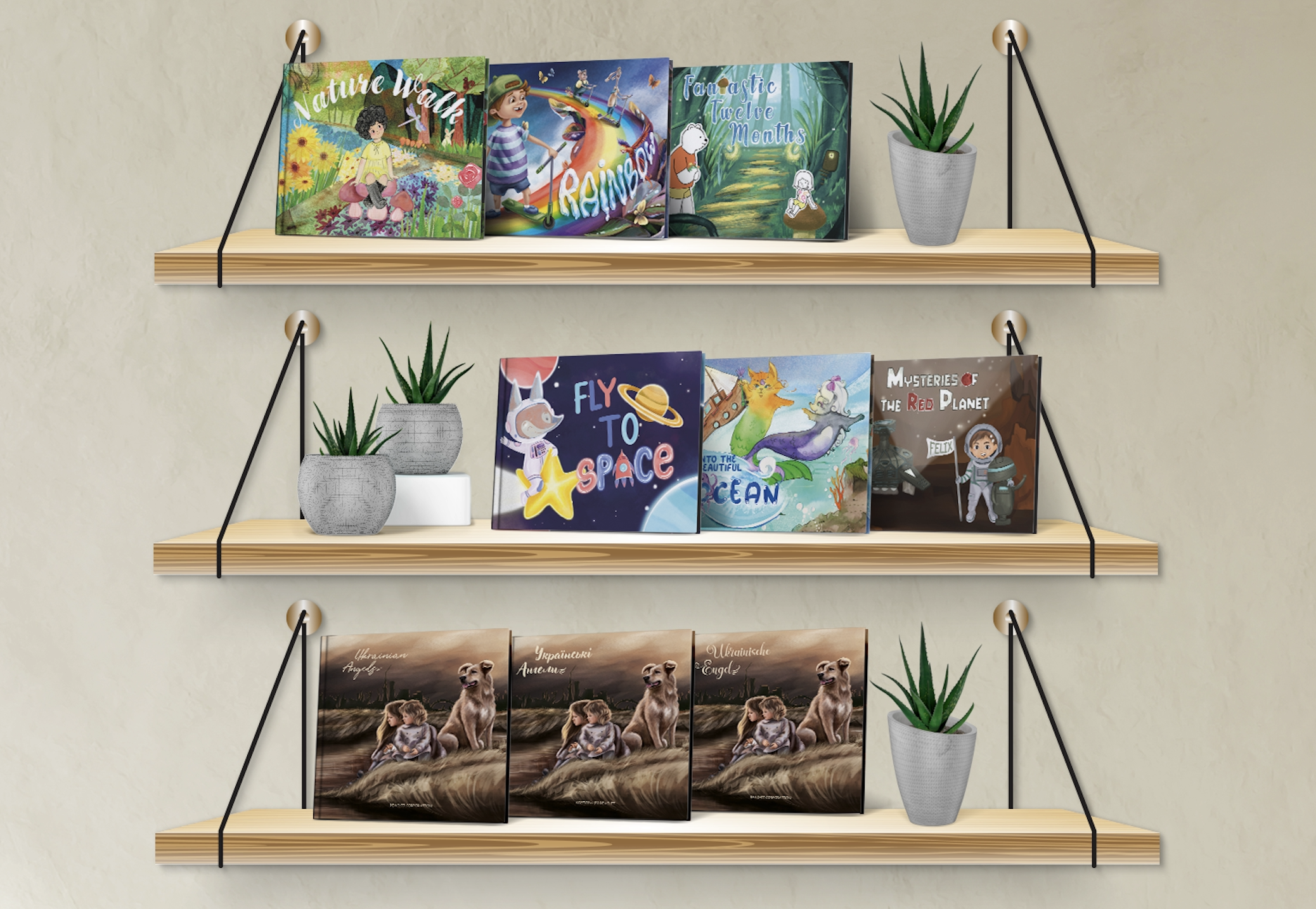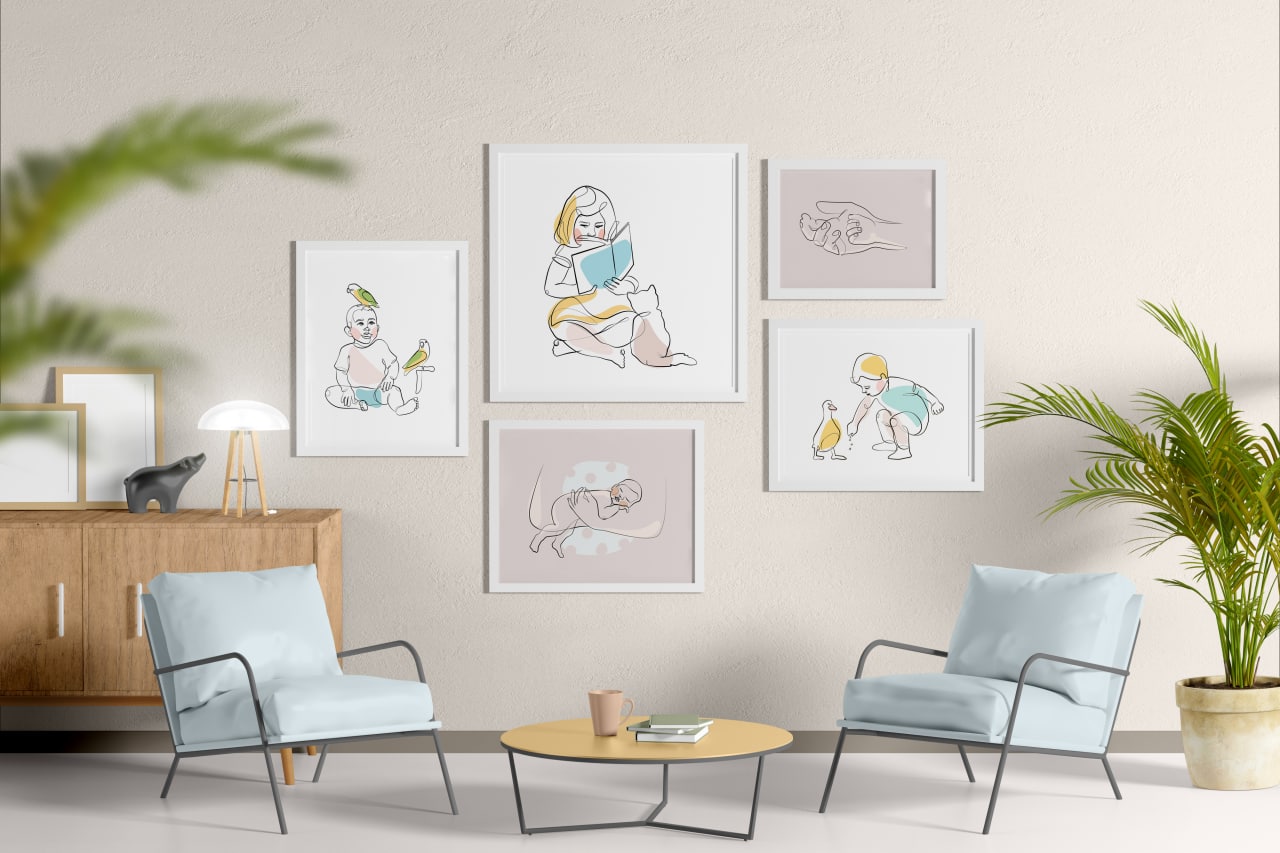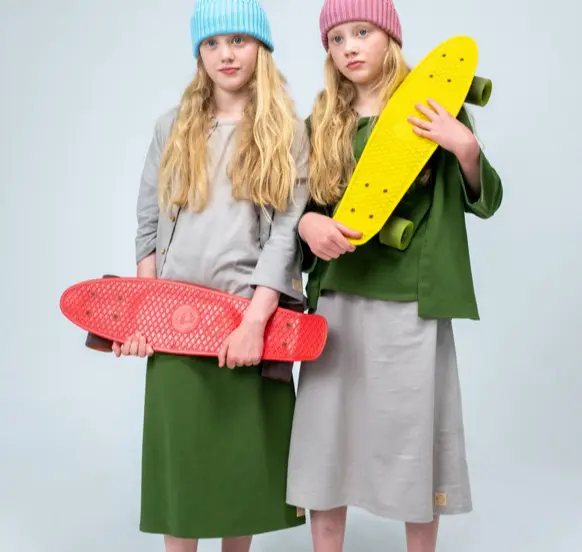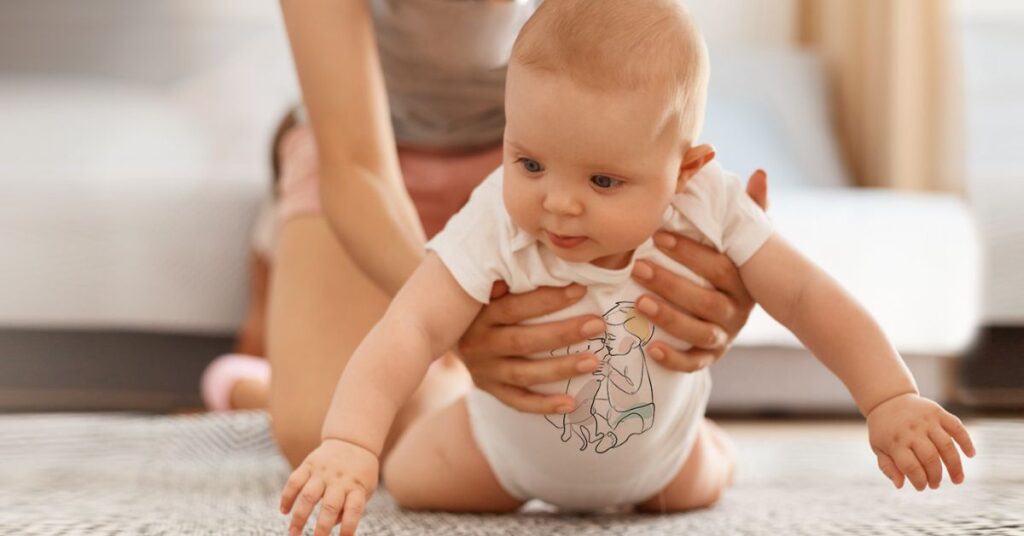
Onesies: The Ultimate Guide on Whether You Should Dress Your Baby in Onesie or Not
Sharing is caring!
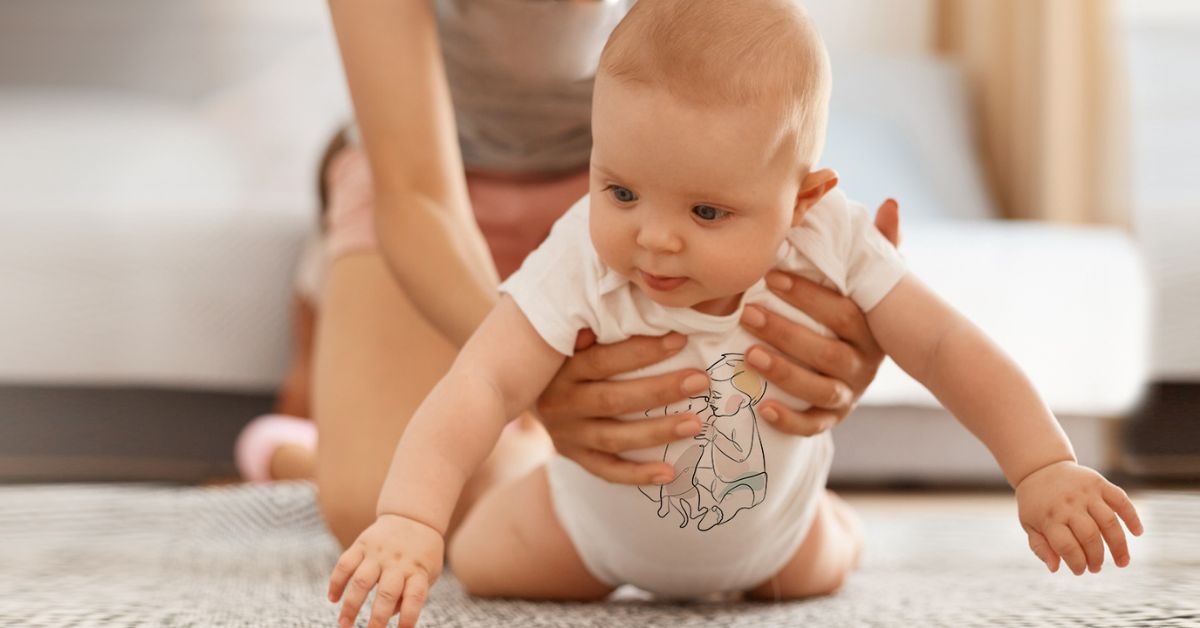
The first time you put a onesie on your baby, it’s like magic! You see this little person who was once just a tiny bundle of nakedness and now they look like an actual human being. While onesies can be very useful for keeping your baby warm, they also have their drawbacks. Check out my handy guide on whether you should dress your baby in one or not:
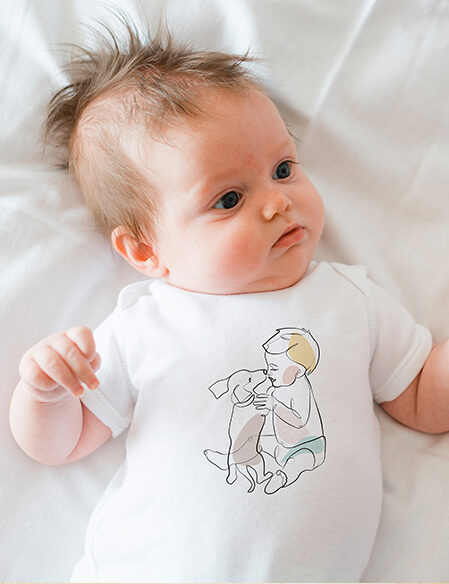
Onesies are thin, stretchy garments that zip or button in the front and cover the baby’s body from neck to foot. They’re made of a variety of materials—cotton, polyester and fleece are popular choices, and are designed to be worn underneath other clothing as an extra layer of warmth or protection.
One-piece outfits have long sleeves and legs that cover the diaper area completely; if you don’t want your baby’s lower half exposed when he takes off his shirt, you’ll want to get him some pants instead. If you prefer not to dress your baby in a onesie at night (or during naps), consider buying pajamas with feet attached instead!
The best onesies for newborns have these features:
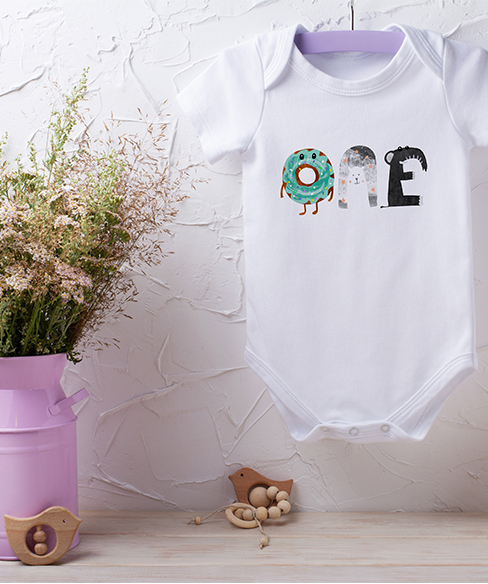
The best onesies for newborns will have a few key features. They should be made of breathable material that’s soft against the skin, and fit loosely enough to allow for full range of motion. In addition to being easy to put on and take off, you’ll want onesies that can be worn alone or under other clothing as needed.
If you are buying one piece outfits that are meant to be worn underneath other clothing, go up a size.
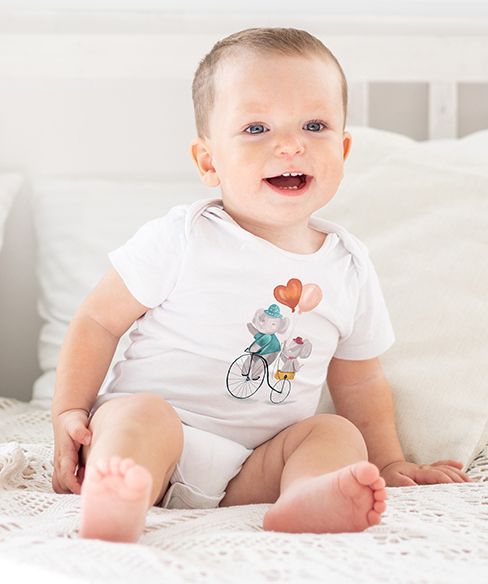
If you are buying one piece outfits that are meant to be worn underneath other clothing, go up a size. This will ensure that your baby is in the right size onesie and able to wear it comfortably. If you buy a onesie for a newborn, you should buy it a size larger than the baby’s weight. The onesie should fit loosely so that they can grow into it as they grow older.
You can find many different materials and designs of onesies, and they don’t even have to be one piece.
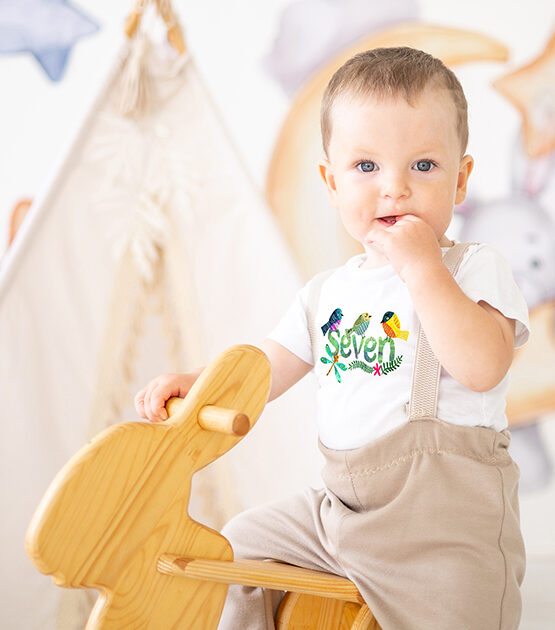
You can find many different materials and designs of onesies, and they don’t even have to be one piece. Onesies come in a wide range of fabrics, including cotton, bamboo and muslin. If you’re looking for something other than cotton but still want something soft for your baby’s delicate skin, you might consider giving bamboo or muslin a try. These fabrics are breathable and soft, but they also wick moisture away from your little one’s body so they don’t get too hot while wearing their clothes.
If you’d prefer an alternative that isn’t made out of natural fibers like cotton or wool (which can be itchy), there are plenty of synthetic options available as well! Onesies made from polyester tend to have smooth lines without any seams—making them ideal for babies who are still getting used to moving around on their own without falling over frequently—plus these types of materials breathe well so there won’t be much risk of overheating once everyone gets comfortable inside those cozy layers.”
Baby’s skin is more sensitive than adult skin, so choose breathable fabrics like cotton, bamboo or muslin.
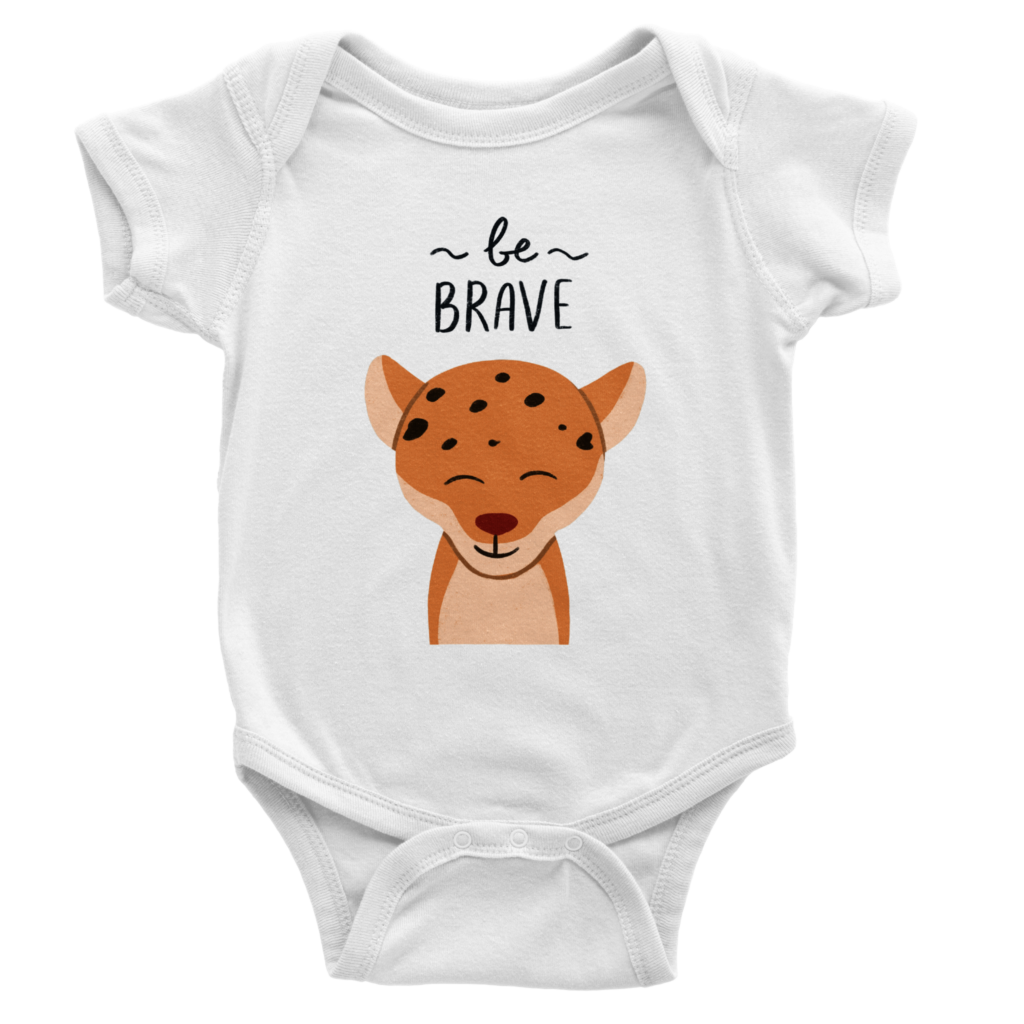
Breathable fabrics are best for your baby’s skin. These include cotton, bamboo and muslin. They’re soft and comfortable to wear, they breathe well and they don’t trap in heat like synthetic fabrics do (this is important when choosing clothing for hot weather). Breathable fabrics are also ideal for newborns because their skin is more sensitive than adult skin—you want a fabric that won’t irritate their delicate skin or cause chafing.
With newborns especially, wash clothing before wearing it because some of the material can irritate their skin.
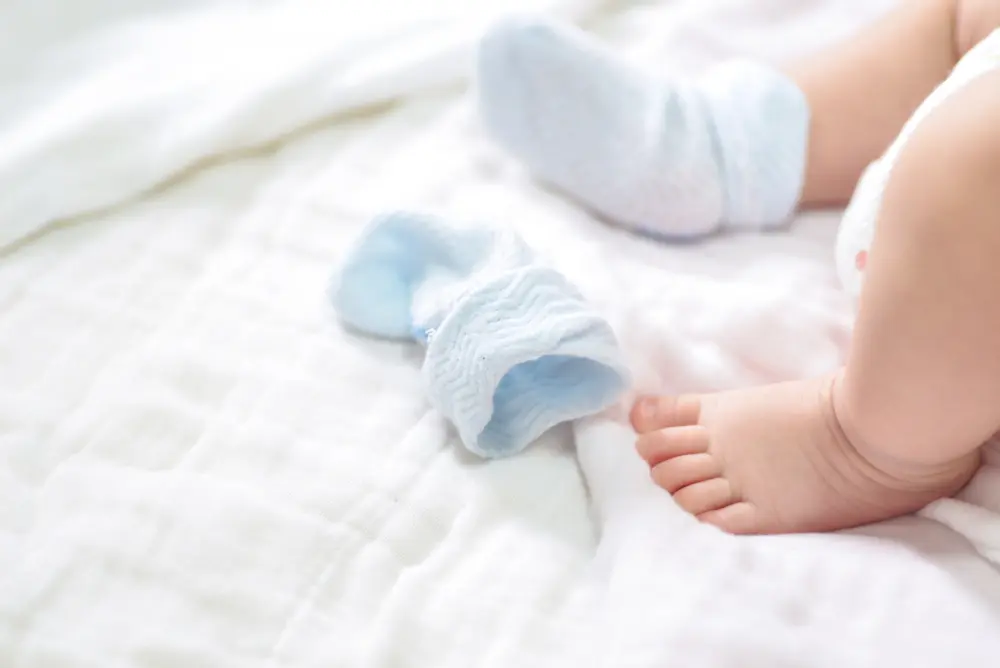
You should also brush your baby’s teeth with a soft-bristled toothbrush and water only when they’re teething. If you want to use a fluoride-containing toothpaste, it’s fine as long as it’s diluted with water (pea-sized amount) so that it doesn’t overstimulate their gums or cause them to swallow too much fluoride at once.
Also, make sure the clothing is made out of natural fibers such as cotton and linen rather than synthetic materials like polyester or acrylic which can irritate their skin if there is any moisture present in them. Many newborns have sensitive skin so washing clothing before wearing them may be necessary because some manufacturers don’t wash their fabrics properly enough before putting them on store shelves!
A onesie with long sleeves and legs might be too warm for a hot summer day.
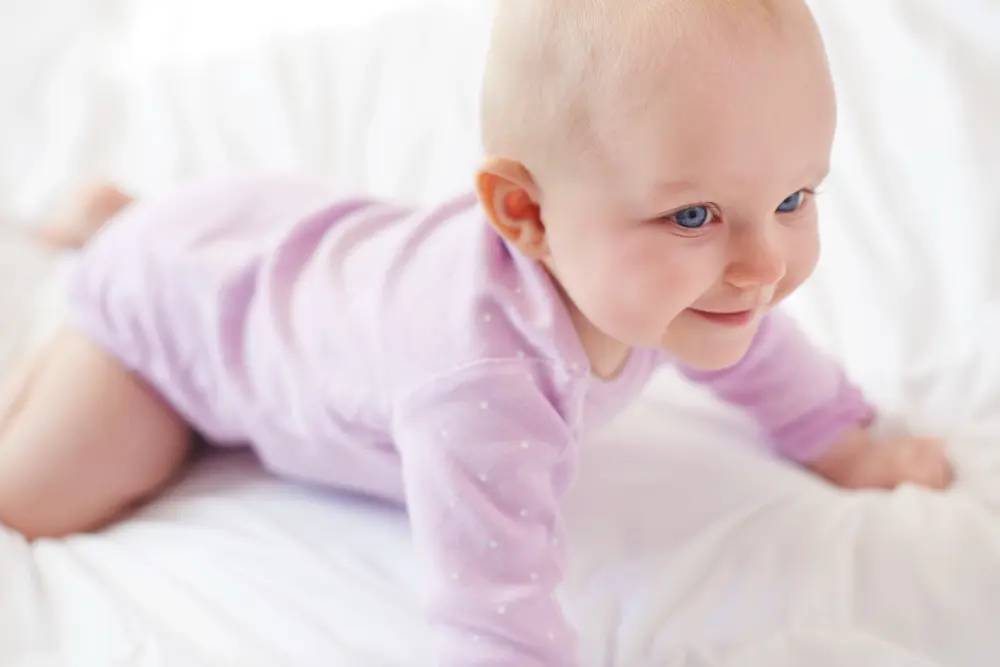
You also want to make sure that you’re not dressing your baby in something that’s going to be too warm for her. When it gets really hot outside, it might be nice to have a long-sleeved onesie with long legs on hand so that your baby can still stay cool. However, if you live somewhere where it gets very cold in the winter time and you need something extra warm, then a short-sleeved onesie might work better! Just make sure that whatever type of clothing you choose is comfortable for your baby and ensures they’re warm enough during both seasons.
Not all babies need onesies but if you think your baby does you need to know how to choose them carefully.
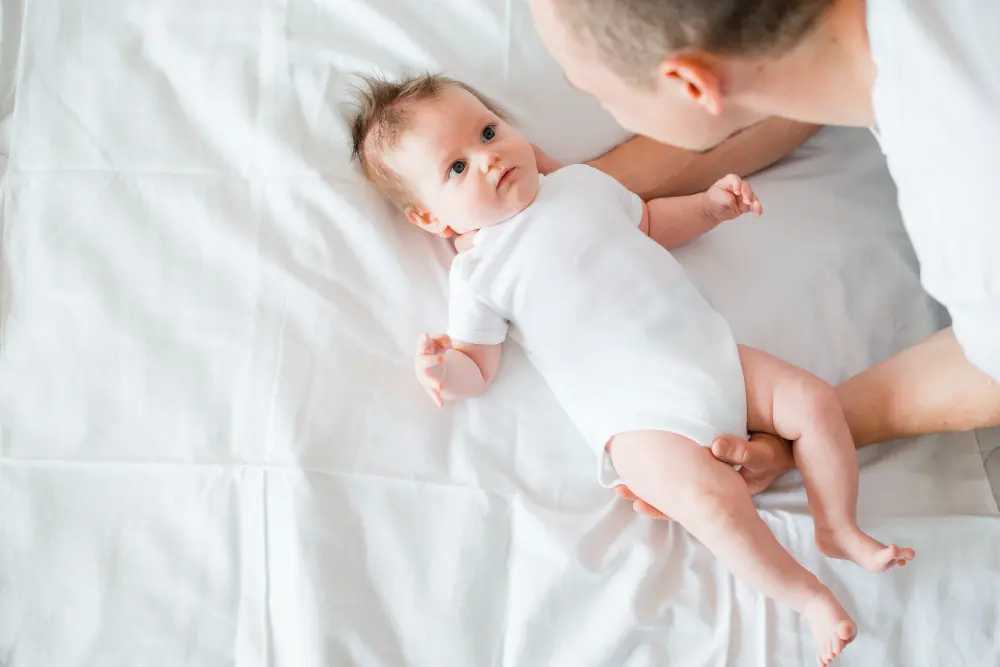
In order to choose the right onesie for your baby, you need to know their temperature needs.
If your baby is warm, they don’t need a onesie. This is obvious; if it’s hot out, why would you want to put them in more clothes? However, if it’s cold outside and you think that putting on a onesie will help keep your little bundle of joy warm enough then go ahead and do so! But if there is any doubt in your mind whatsoever about whether or not they might be too cold/hot then be sure not only check with our expert advice but also err on the side of caution by trying some out before purchasing them online – after all there are no returns!
Conclusion
We hope this article has helped you decide whether or not your baby needs a onesie! If you do decide to buy one, remember to choose the right size and material for your baby’s comfort.
Vinapa Onesie Collection
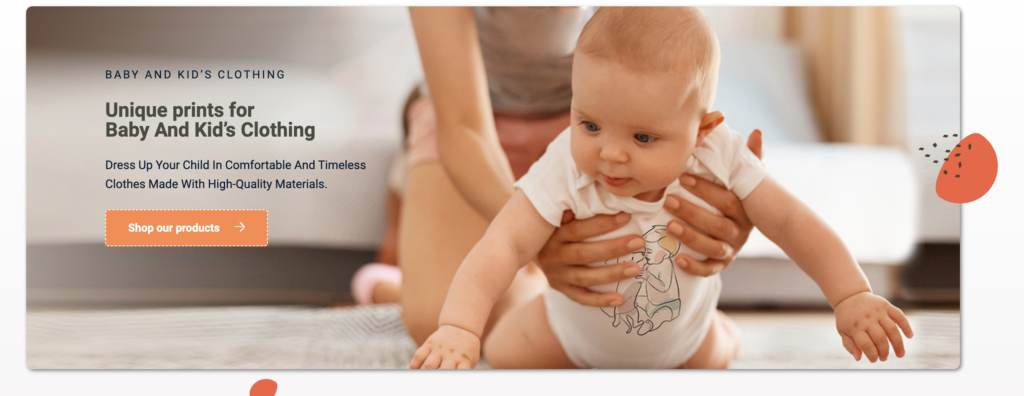
The bond between a child and their parent is a special one. It’s something that can’t be replicated or replaced, and it’s something that should be treasured and celebrated.
We know how important it is for kids to feel like they are valued in the home, so we want to help you bring your child’s bond to the forefront of their dreamscape.
You’ve probably wondered how to get one for your child. Well, we’re here to tell you that it’s easy! Just visit our website, and you’ll see the different options we have available.
Our products are designed with high-quality materials and comfortable designs so your little one can stay warm and cozy while they sleep. It’s like having their own personal blanket that they can wear all day long!
We love what we do, and we know you will too!
Sharing is caring!
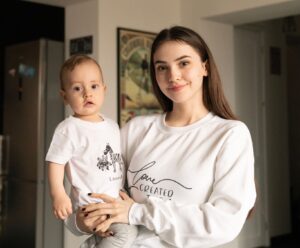
As a team at Vinapa, we’re passionate about providing our customers with high-quality and unique products for their homes and families. We love to share our knowledge and ideas through our blog, and we hope that our readers find inspiration and valuable information from our posts. Thank you for supporting Vinapa and being a part of our community!

Onesies: The Ultimate Guide on Whether You Should Dress Your Baby in Onesie or Not

The first time you put a onesie on your baby, it’s like magic! You see this little person who was once just a tiny bundle of nakedness and now they look like an actual human being. While onesies can be very useful for keeping your baby warm, they also have their drawbacks. Check out my handy guide on whether you should dress your baby in one or not:

Onesies are thin, stretchy garments that zip or button in the front and cover the baby’s body from neck to foot. They’re made of a variety of materials—cotton, polyester and fleece are popular choices, and are designed to be worn underneath other clothing as an extra layer of warmth or protection.
One-piece outfits have long sleeves and legs that cover the diaper area completely; if you don’t want your baby’s lower half exposed when he takes off his shirt, you’ll want to get him some pants instead. If you prefer not to dress your baby in a onesie at night (or during naps), consider buying pajamas with feet attached instead!
The best onesies for newborns have these features:

The best onesies for newborns will have a few key features. They should be made of breathable material that’s soft against the skin, and fit loosely enough to allow for full range of motion. In addition to being easy to put on and take off, you’ll want onesies that can be worn alone or under other clothing as needed.
If you are buying one piece outfits that are meant to be worn underneath other clothing, go up a size.

If you are buying one piece outfits that are meant to be worn underneath other clothing, go up a size. This will ensure that your baby is in the right size onesie and able to wear it comfortably. If you buy a onesie for a newborn, you should buy it a size larger than the baby’s weight. The onesie should fit loosely so that they can grow into it as they grow older.
You can find many different materials and designs of onesies, and they don’t even have to be one piece.

You can find many different materials and designs of onesies, and they don’t even have to be one piece. Onesies come in a wide range of fabrics, including cotton, bamboo and muslin. If you’re looking for something other than cotton but still want something soft for your baby’s delicate skin, you might consider giving bamboo or muslin a try. These fabrics are breathable and soft, but they also wick moisture away from your little one’s body so they don’t get too hot while wearing their clothes.
If you’d prefer an alternative that isn’t made out of natural fibers like cotton or wool (which can be itchy), there are plenty of synthetic options available as well! Onesies made from polyester tend to have smooth lines without any seams—making them ideal for babies who are still getting used to moving around on their own without falling over frequently—plus these types of materials breathe well so there won’t be much risk of overheating once everyone gets comfortable inside those cozy layers.”
Baby’s skin is more sensitive than adult skin, so choose breathable fabrics like cotton, bamboo or muslin.

Breathable fabrics are best for your baby’s skin. These include cotton, bamboo and muslin. They’re soft and comfortable to wear, they breathe well and they don’t trap in heat like synthetic fabrics do (this is important when choosing clothing for hot weather). Breathable fabrics are also ideal for newborns because their skin is more sensitive than adult skin—you want a fabric that won’t irritate their delicate skin or cause chafing.
With newborns especially, wash clothing before wearing it because some of the material can irritate their skin.

You should also brush your baby’s teeth with a soft-bristled toothbrush and water only when they’re teething. If you want to use a fluoride-containing toothpaste, it’s fine as long as it’s diluted with water (pea-sized amount) so that it doesn’t overstimulate their gums or cause them to swallow too much fluoride at once.
Also, make sure the clothing is made out of natural fibers such as cotton and linen rather than synthetic materials like polyester or acrylic which can irritate their skin if there is any moisture present in them. Many newborns have sensitive skin so washing clothing before wearing them may be necessary because some manufacturers don’t wash their fabrics properly enough before putting them on store shelves!
A onesie with long sleeves and legs might be too warm for a hot summer day.

You also want to make sure that you’re not dressing your baby in something that’s going to be too warm for her. When it gets really hot outside, it might be nice to have a long-sleeved onesie with long legs on hand so that your baby can still stay cool. However, if you live somewhere where it gets very cold in the winter time and you need something extra warm, then a short-sleeved onesie might work better! Just make sure that whatever type of clothing you choose is comfortable for your baby and ensures they’re warm enough during both seasons.
Not all babies need onesies but if you think your baby does you need to know how to choose them carefully.

In order to choose the right onesie for your baby, you need to know their temperature needs.
If your baby is warm, they don’t need a onesie. This is obvious; if it’s hot out, why would you want to put them in more clothes? However, if it’s cold outside and you think that putting on a onesie will help keep your little bundle of joy warm enough then go ahead and do so! But if there is any doubt in your mind whatsoever about whether or not they might be too cold/hot then be sure not only check with our expert advice but also err on the side of caution by trying some out before purchasing them online – after all there are no returns!
Conclusion
We hope this article has helped you decide whether or not your baby needs a onesie! If you do decide to buy one, remember to choose the right size and material for your baby’s comfort.
Vinapa Onesie Collection

The bond between a child and their parent is a special one. It’s something that can’t be replicated or replaced, and it’s something that should be treasured and celebrated.
We know how important it is for kids to feel like they are valued in the home, so we want to help you bring your child’s bond to the forefront of their dreamscape.
You’ve probably wondered how to get one for your child. Well, we’re here to tell you that it’s easy! Just visit our website, and you’ll see the different options we have available.
Our products are designed with high-quality materials and comfortable designs so your little one can stay warm and cozy while they sleep. It’s like having their own personal blanket that they can wear all day long!
We love what we do, and we know you will too!
Keep Reading Our Blog Posts

How to Encourage Kids to Like Reading Through Children’s Books
Encouraging your kids to like reading can be difficult–if not harrowing. At Vinapa, we know that story time is hard, and so we help make

How Books Strengthen the Bond Between Parents and Children
Reading with your children when they’re young and open to making secure attachments is one of the best ways to bond together as parent and
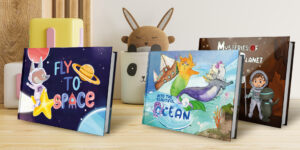
Discover Our Adventure Books: Fly to Space, Into the Beautiful Ocean, and Mysteries of the Red Planet
Here at Vinapa, we love adventure and risk-taking. We know children love it too. We find the best adventure books from the world’s most brilliant

As a team at Vinapa, we’re passionate about providing our customers with high-quality and unique products for their homes and families. We love to share our knowledge and ideas through our blog, and we hope that our readers find inspiration and valuable information from our posts. Thank you for supporting Vinapa and being a part of our community!

